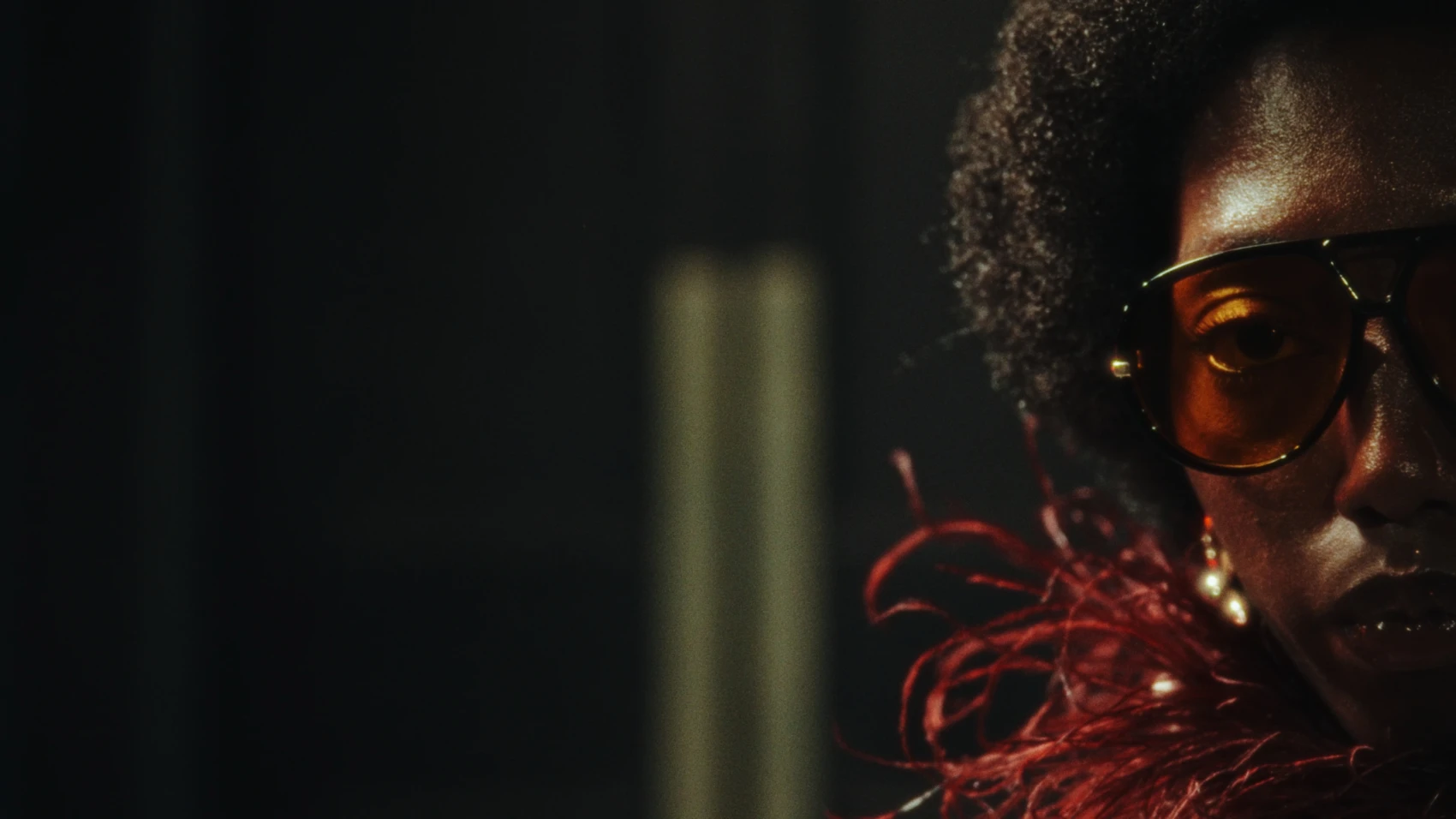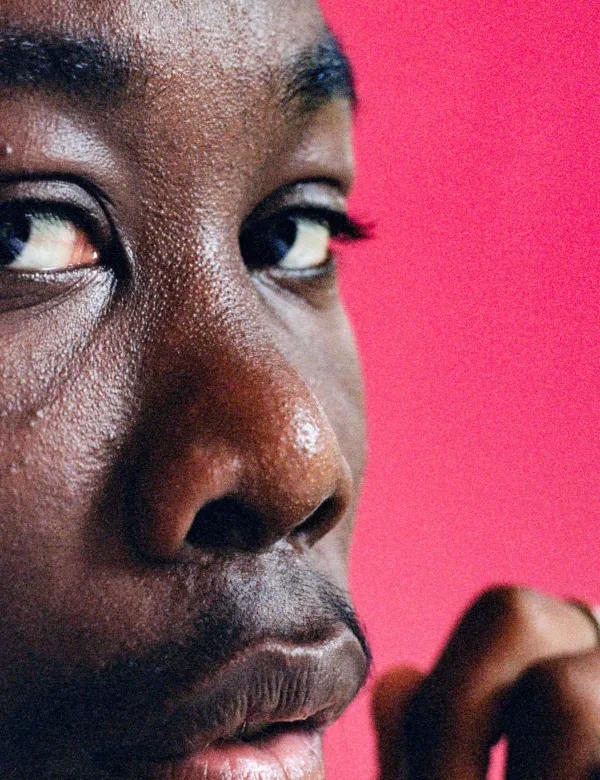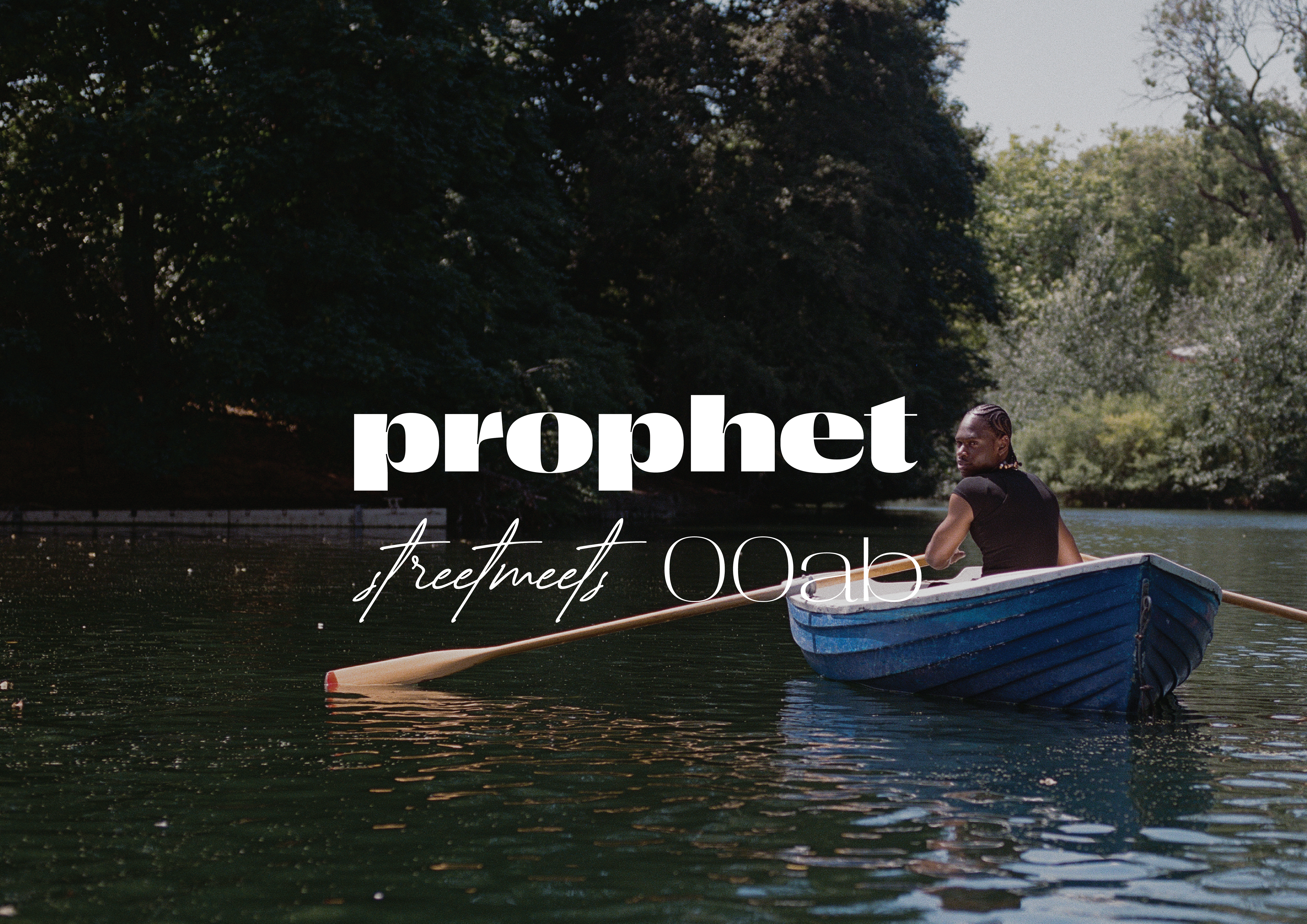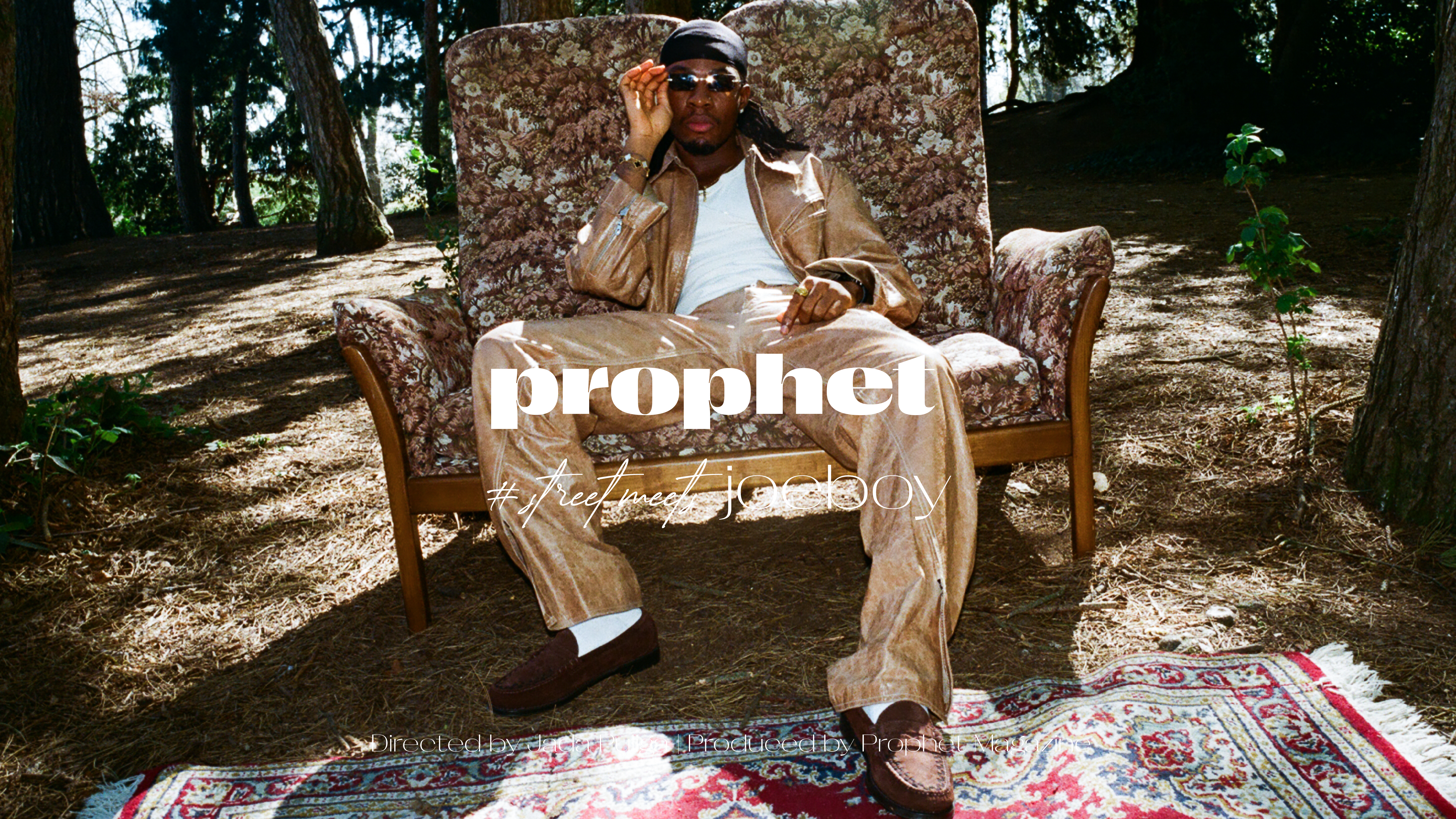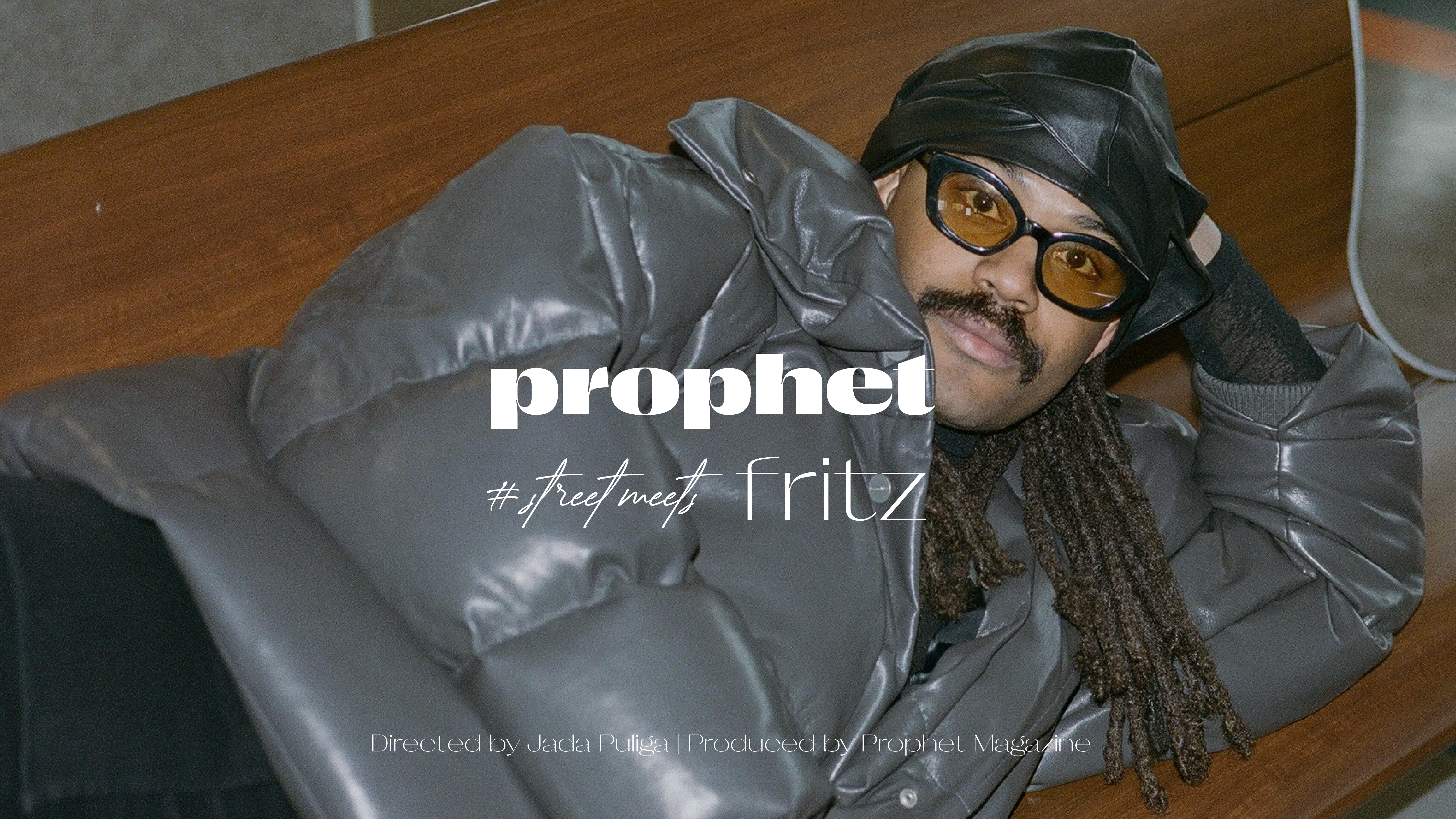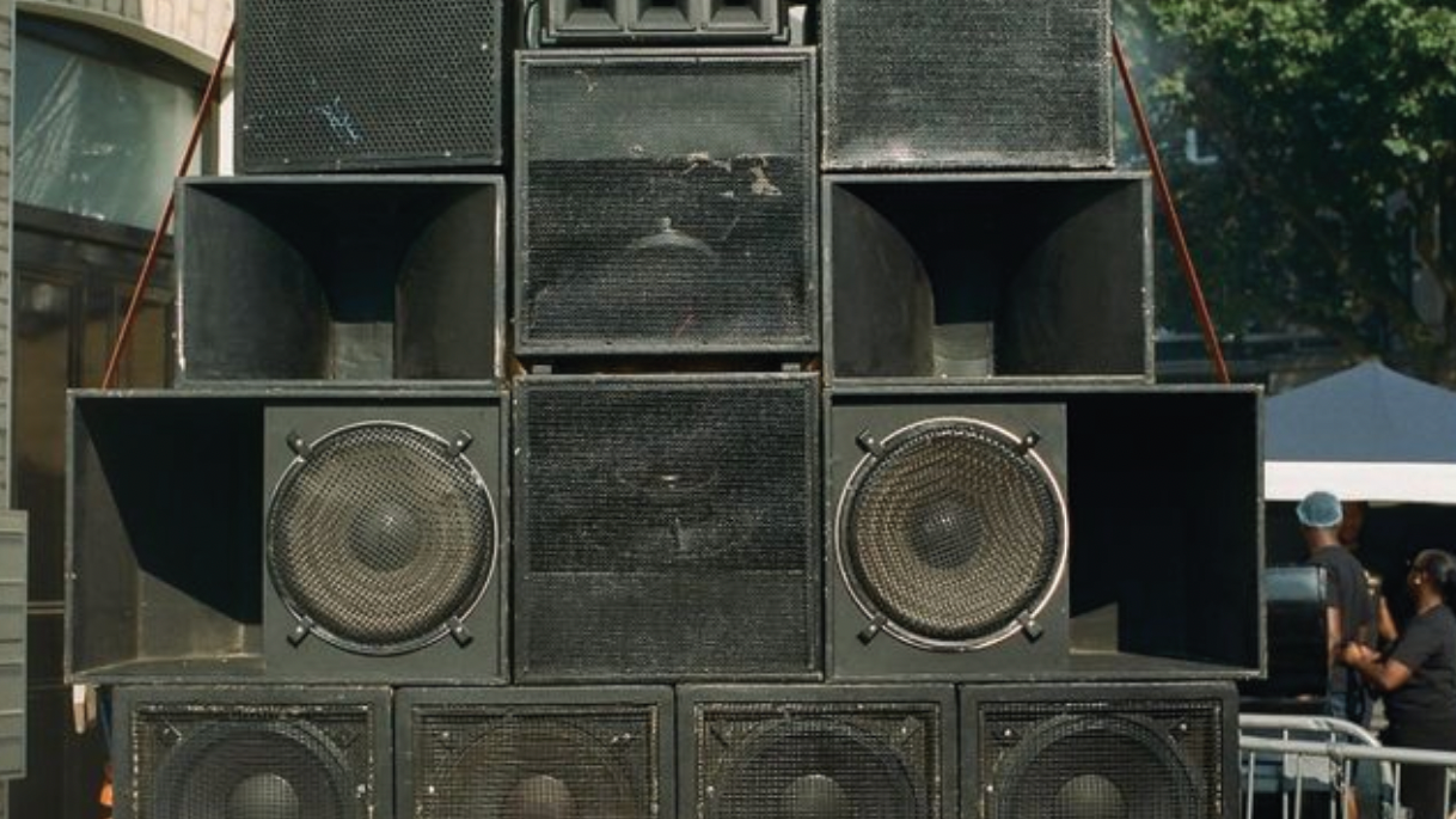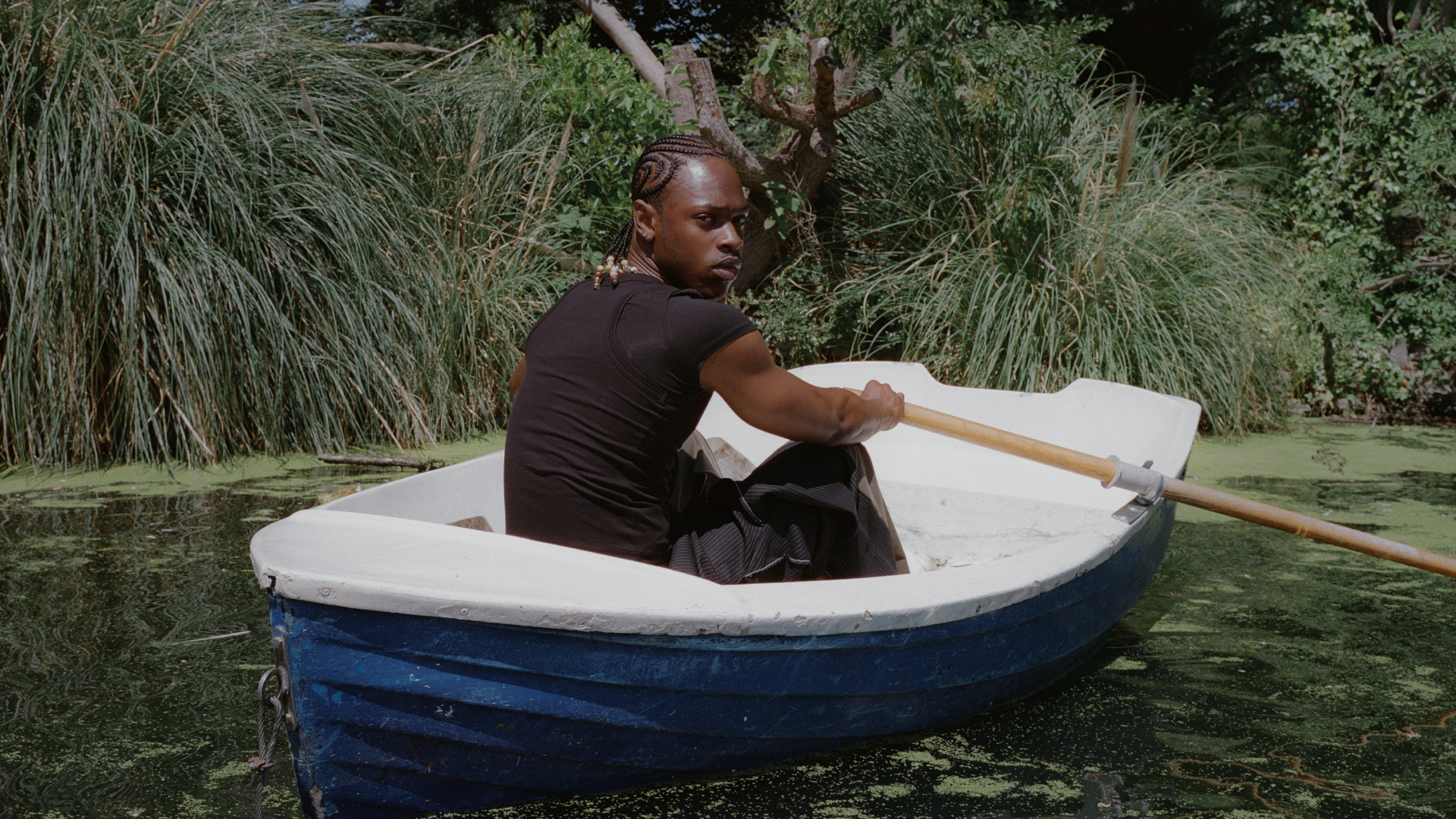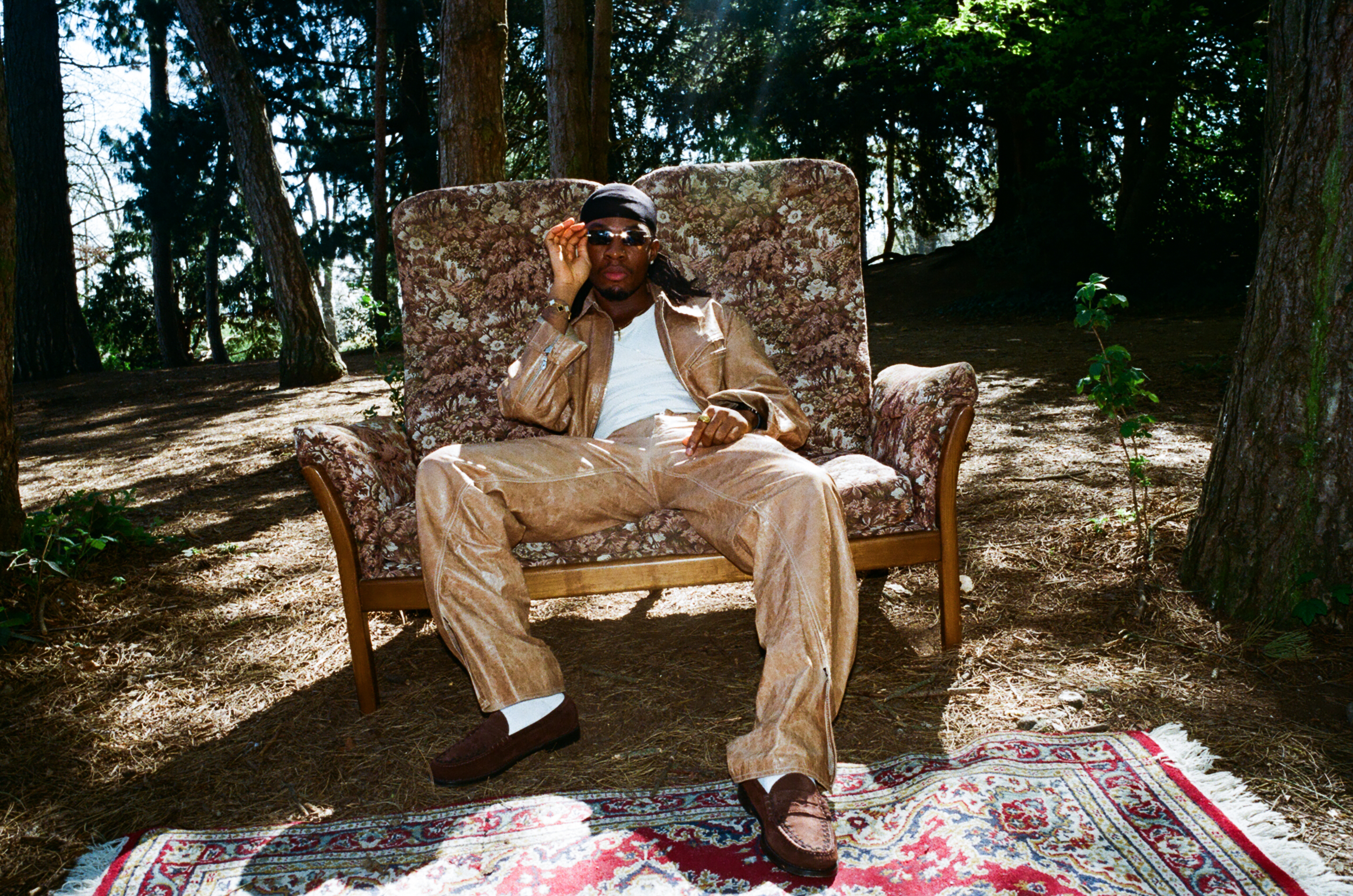A Convo with: Kourtney Iman King
What’s your name and what do you do?
My name is Kourtney Iman King, and I am a visual artist with a deep focus on portraiture. My work primarily explores themes of identity, culture, and autonomy, particularly through the lens of the Black experience. I’m interested in reimagining how Black women are depicted, challenging historical stereotypes all while celebrating their complexity, dignity, and resilience.
Where are you from? What’s your heritage?
I’m originally from Decatur, Alabama, but I’m currently based in Atlanta, Georgia. Honestly, it’s hard to pinpoint exactly where my heritage begins—it’s a mix, as many Black Americans can relate to. I do know that I’m African American and Trinidadian, two cultures I’m incredibly proud to represent. I’ve even appointed myself as the family historian, so as I uncover more about my lineage, I’d be happy to share—if we happen to be in touch again, of course! Haha.
Does your background influence your work?
My Southern roots have influenced my work tremendously because it’s the foundation of who I am. It’s what I know and what I’ve seen. A mentor once told me, “Photograph what you know,” and I’ve carried that advice throughout my practice. From the subjects I choose to work with to the locations I scout, my work is always tied, in some way, to the Southern Black experience. As for my Trinidadian heritage, that’s something I hope to explore more deeply as I continue photographing. In some ways, I feel hesitant to dive into that space because I haven’t visited Trinidad since I was young, though I’ve spent time in St. Thomas, where part of my father’s family relocated. I’ve made it a personal goal to connect more with my family in Trinidad so I can honor the stories, culture, and experiences there through my work.
How did you get into photography?
Photography was my escape, to put it plainly. My father was a photographer in his younger years and always shared his love for it with me. There was something magical about capturing a moment in real-time and being able to keep it forever—it intrigued me. I used to steal our family camera to practice by taking landscape photos here and there until I discovered my true passion for portraiture. That happened somewhat randomly when I stumbled into a photography class in high school. At the same time, I was deeply inspired by the energy of the New York scene and what was happening on Tumblr in the 2010s. Coming from a small Southern town, so far removed from that world, those images of youth culture felt vibrant and freeing. I wanted to recreate that same energy in my own surroundings. Looking back, it was a form of escapism I didn’t fully realize at the time, but it became a driving force in the work I started to create.
What makes a good image?
For me, a good image has always been more than just technical skill. It’s about the story, the emotion, and the reaction it sparks in the viewer. A great image begins with intention—asking yourself, “Why am I making this photograph?” Fill that blank with your purpose and your vision for how you want to capture it. Whatever follows can make for a good image, as long as it feels authentic and you are satisfied with the result.
Having a camera has become more and more accessible, can anyone be a photographer?
It all comes down to intention for me. While anyone can pick up a camera, photography as an art form requires more than access—it calls for a vision and a commitment to storytelling. A photographer is someone who can translate a moment, feeling, or idea into something timeless, whether that’s through technical skill or the ability to connect with a subject on a deeper level. It’s the intention and perspective behind the lens that defines a true photographer.
What’s your why?
Great question—one that I’m still navigating, if I’m being honest. Right now, I’ve largely landed on the why being me and my need to create. Creating is my way of exercising a voice, whether it’s through writing, portraiture, or other mediums. It sounds a bit cliché, but making work feels like an extension of who I am—a way to make sense of the world while honoring stories, people, and moments that deserve to be seen.
What’s the best and worst part about being a creative in 2024?
The best part is the accessibility of tools and platforms that allow more voices to be heard and work to be seen, especially underrepresented ones, to share their stories on a global stage is a huge innovation. It’s empowering to see so many communities connect, and collaborate. A renaissance of sorts that I’m totally here for.
The worst part?
The constant pressure to stay visible in a fast-moving, algorithm-driven world. Social media feels both inspiring and exhausting—some days I want to delete all apps and just make work for myself, but at the same time work is meant to be seen and social media is the larger stage for that to happen at the moment. I would appreciate a break from it, but where I am in my career, I fear if I take that break, I might as well kiss my artistic dreams goodbye.
Looking forward, what is one thing that you would love to achieve?
I would love to have my work included in a permanent collection at an institution. As I’ve been pursuing my Master of Fine Arts, that feels like the ultimate goal—not just for myself, but as part of a bigger legacy. To see work coming from a Black female artist preserved and celebrated in a space such as that would be a dream fully realized, and a contribution to the archive of stories that deserve to stand to be included in art conversations.
If you could ask another creative a question what would you ask?
I’d ask: How do you know when you’ve created something that feels finished? Or as we might say in the South “When it’s cooked? It’s something I battle with because creativity feels so constant and fluid —there’s always room for a tweak here and there: adding or changing something. I’m curious about how others define a moment of completion.
